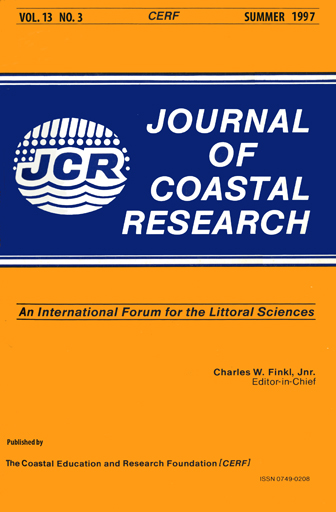Characteristics of and Corrections for Core Shortening in Unconsolidated Sediments
Keywords:
Sediment core, vibracoring, wetland sediments, sedimentation rates, core restorationAbstract
Thinning, bypassing, and compaction of shallow unconsolidated sediments during manual coring or vibracoring operations probably cause more sediment deformation and greater stratigraphic displacement than is commonly reported in the wetland literature. We measured core shortening in open-barrel cores from fluvial wetlands, lagoonal flats, and marshes to document the magnitude and characteristics of shortening where sediments may be stiff and require extra mechanical effort to recover a sufficient length of sample for analysis. Results of those measurements indicate that thinning or non-recovery of discrete sediment intervals can range from 0 to 67 percent and cumulative core shortening can be as much as 30 percent even for cores less than one meter long. Detailed open-barrel measurements also show that core shortening is not uniformly distributed throughout the depth of penetration as is often assumed. Analytical data derived from shortened cores can only be properly interpreted if patterns of shortening are established and incorporated into the analysis. Minor artificial displacement of sediment depths can alter plots of physico-chemical parameters and can significantly influence calculated rates of sedimentation and other depth-dependent statistical relationships. This study (1) demonstrates how plots of interval shortening and cumulative shortening can be used to characterize the distribution of shortening at depth and (2) presents a simple equation for stratigraphic restoration so that core observations and analyses are corrected to their original depths.


